Booksellers and bookstores
The Paris Bookseller, Kerri Maher
Historical fiction at its most authentic!! The Paris Bookseller is about real-life American Sylvia Beach, who opened a bookstore in Paris in 1919. The name of the bookstore was Shakespeare and Company, and it soon became a mecca for expatriate writers from America. (Readers will remember The Paris Wife, a story about Ernest Hemingway and his first wife Hadley, who lived in Paris from 1922 until 1928. ) Beach was bold enough to be the first to pubish James Joyce’s controversial Ulysses. Courts in The United States and Great Britain had upheld bans on the book, bans resulting from graphic language and blatant sex. Beach had a secret of her own as well as difficult choices to make when Paris felt the challenges of The Great Depression and later threats from Germany.

Beach at Shakespeare and Company in Paris
The Book Woman’s Daughter, Kim Michelle Richardson
Richardson has written a follow-up book to The Book Woman of Troublesome Creek. The new book features Honey Lovett, the daughter of book woman Cussy. Honey is only sixteen when she sets off to continue her mother’s work while facing a hostile environment and typical ‘growing pains.’ Those readers who loved ‘Book Woman ‘have nothing but praise for the sequel, which they report to be just as captivating as the first book.
THE BOOK WOMAN’S DAUGHTER HISTORICAL PHOTOGRAPHS

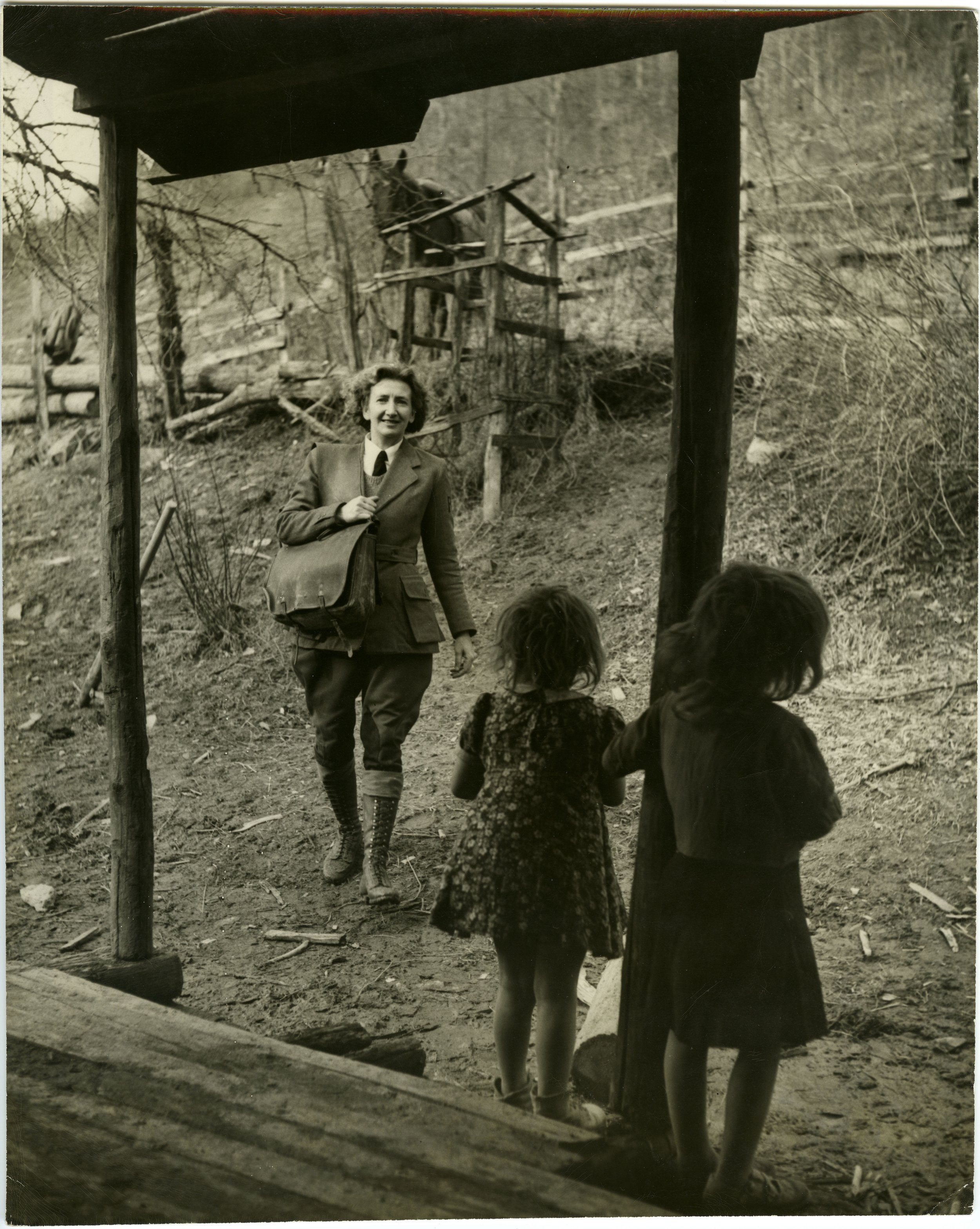
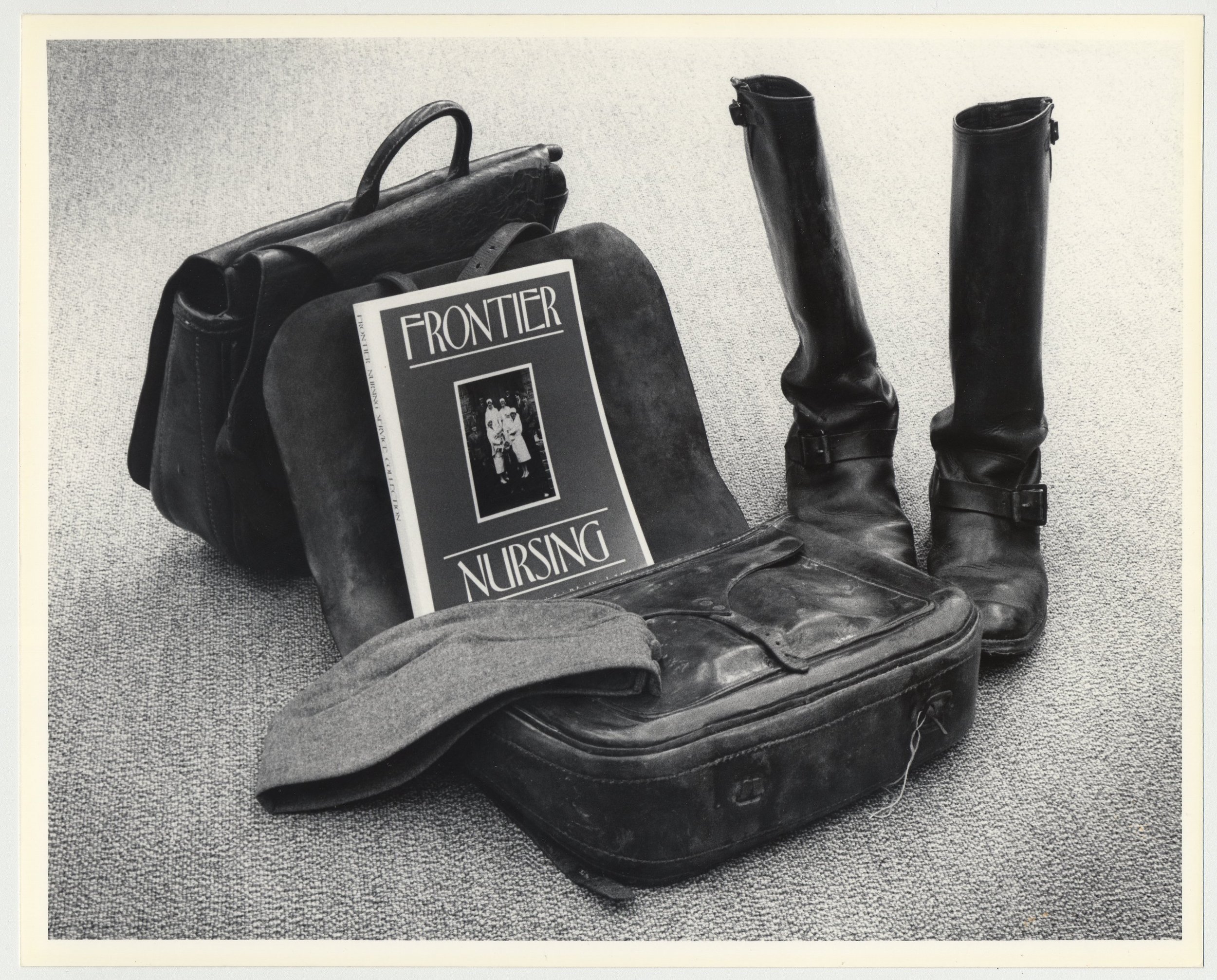
Pictures used with permission from Janice Kreider, daughter of 15-year-old Packhorse Librarian Irene Crisp. Photographs of historical Packhorse Librarians’ scrapbooks by Prof. Jason Vance, Middle Tennessee University.
The Mayfair Bookshop, Eliza Knight
Two story lines, held together by a little London bookshop, tell about Nancy Mitford in the 1930’s and a modern American trying to find herself in England.
Who was Nancy Mitford??
Nancy Mitford was born on 28 November 1904 in London, the eldest of the six legendary Mitford sisters. 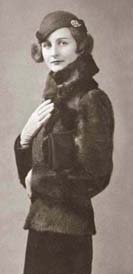 Nancy and her sisters were educated at home and relied mainly on one another for company. Her high spirits and funniness lit up the family atmosphere but she was also a remorseless tease. The jokes, rivalries and passions of the Mitford childhood went straight into her highly autobiographical novels.
Nancy and her sisters were educated at home and relied mainly on one another for company. Her high spirits and funniness lit up the family atmosphere but she was also a remorseless tease. The jokes, rivalries and passions of the Mitford childhood went straight into her highly autobiographical novels.
Nancy grew up partly in the 1920s of The Bright Young Things and partly in the politically polarized 1930s. Her sisters Diana and Unity were drawn to the extreme Right and Jessica to the Left. Nancy wavered between the two but could never take politics – or indeed anything– very seriously.
Nancy started writing for magazines in 1929 and became a regular contributor to The Lady. In 1931, she published her first novel,Highland Fling. 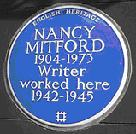 During the war she worked at Heywood Hill, the Mayfair bookshop, which became a meeting place for London literary society and her friends.
During the war she worked at Heywood Hill, the Mayfair bookshop, which became a meeting place for London literary society and her friends.
Nancy fell in love with three un- satisfactory men. The first, Hamish Erskine, was homosexual but her infatuation with him lasted five years. In 1933 she married Peter Rodd, a clever, delinquent bore. They separated after the war and were divorced in 1958. In London during the war she met Gaston Palewski, a Free French officer and General de Gaulle’s chief of staff, at whose feet she laid all her passion and loyalty for over thirty years. Gaston never returned her love but they remained friends until her death.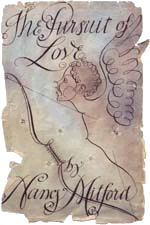 ‘If one can’t be happy one must be amused don’t you agree? ‘ Nancy wrote to a friend. It could stand as the motto for her life. She hid her deepest feelings behind a sparkling flow of jokes and witty turns of phrase, and was the star of any gathering.
‘If one can’t be happy one must be amused don’t you agree? ‘ Nancy wrote to a friend. It could stand as the motto for her life. She hid her deepest feelings behind a sparkling flow of jokes and witty turns of phrase, and was the star of any gathering.
Childless and unfulfilled in love she may have been, but Nancy found huge success as a writer. Her fifth novel, The Pursuit of Love(1945), was a phenomenal best seller and made her financially independent for the first time.
In 1946 she moved to Paris to be near Gaston Palewski and remained in France for the rest of her life. She adored the country and saw everything French through rose-tinted spectacles. Separation and distance from her various friends and relations produced a flood of marvellous letters that are as important a part of her literary output as her books.
In the late 1950s Nancy started writing about the history of France, describing historical characters as if they were her friends and contemporaries. These biographies were as successful as her
novels. The Sun King, a brilliant evocation of the court of Louis XIV, was a worldwide bestseller. In the early 1950s Nancy wrote a regular column for the Sunday Times and continued to be in demand as a journalist and reviewer.
(The above information is copied from the website www.nancymitford.comNancy Mitford)
